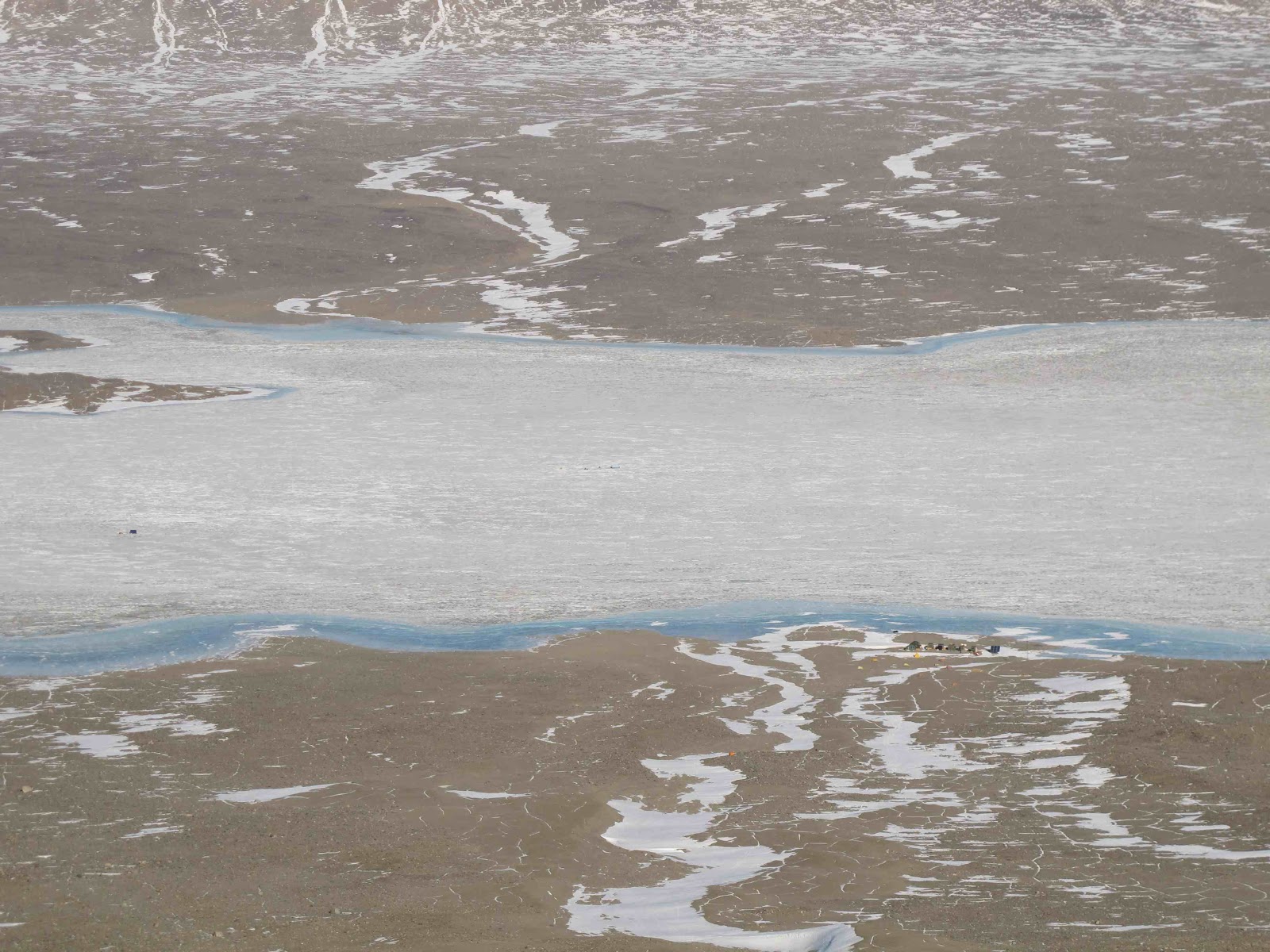Oxygen Oasis Discovered in Antarctic Lake

A little oxygenated slice of paradise survives deep in an icy Antarctic lake, providing a window into what life on Earth may have been like before oxygen permeated the atmosphere.
Earth's atmosphere was relatively oxygen-free until about 2.4 billion years ago, when photosynthetic bacteria started pumping out oxygen as a waste product in the process of transforming sunlight into energy. This "Great Oxidation Event" reflects the point at which oxygen became widespread, but researchers now think photosynthetic bacteria evolved at least half a billion years earlier. However, the details of the transition from a low- to high-oxygen environment remain mysterious.
One possibility is that oxygen was locally prominent in some spots by 2.8 billion years ago — millions of years before it went global. If so, these oxygen pockets probably looked like the newly discovered oxygen hotspot in Antarctica.
"The thought is that the lakes and rivers were anoxic [oxygen-free], but there was light available, and little bits of oxygen could accumulate," study researcher Dawn Sumner, an earth scientist at the University of California, Davis, said in a statement.
Oxygen surprise
Sumner and her colleagues discovered the oxygen oasis "a little by accident," she said. The team was diving in Lake Fryxell, a 2.8-mile-long (4.5 kilometers) frozen-over lake in the McMurdo Dry Valleys of Antarctica. Like other lakes in the region, Lake Fryxell has oxygenated layers up top, but becomes anoxic deeper down. [See Photos of a Subglacial Lake in Antarctica]
Unlike other lakes in the region, its anoxic layers begin at depths where sunlight still penetrates. (Typically, in sunlit layers, photosynthesizing organisms spit out oxygen as part of their respiration.)
Sign up for the Live Science daily newsletter now
Get the world’s most fascinating discoveries delivered straight to your inbox.
Ian Hawes, a researcher at the University of Canterbury in New Zealand, was diving with UC Davis graduate student Tyler Mackey, when the pair noticed green mats of cyanobacteria, a type of bacteria that use photosynthesis to survive. They found that the bacteria were generating a layer of oxygen 0.08 inches (2 millimeters) thick in the otherwise oxygen-free water.
An ancient analogue
The Antarctic lake could thus provide a "natural laboratory" for studying the signatures of local oxygen pockets, the researchers reported Aug. 21 in the journal Geology. Geoscientists could then look for those same signatures in ancient rocks, perhaps those dating to before the oxidation event.
For now, the researchers plan to study how these local oxygen oases affect the anoxic water around them, as well as the sediments in the lake.
Follow Stephanie Pappas on Twitterand Google+. Follow us @livescience, Facebook& Google+. Original article on Live Science.

Stephanie Pappas is a contributing writer for Live Science, covering topics ranging from geoscience to archaeology to the human brain and behavior. She was previously a senior writer for Live Science but is now a freelancer based in Denver, Colorado, and regularly contributes to Scientific American and The Monitor, the monthly magazine of the American Psychological Association. Stephanie received a bachelor's degree in psychology from the University of South Carolina and a graduate certificate in science communication from the University of California, Santa Cruz.









